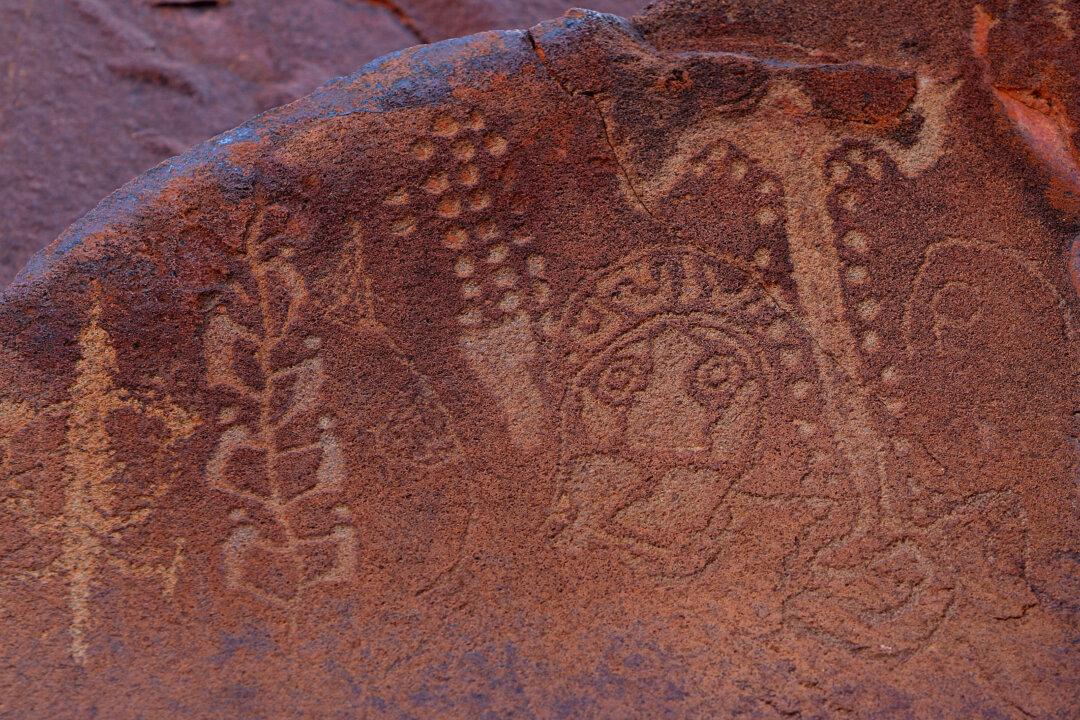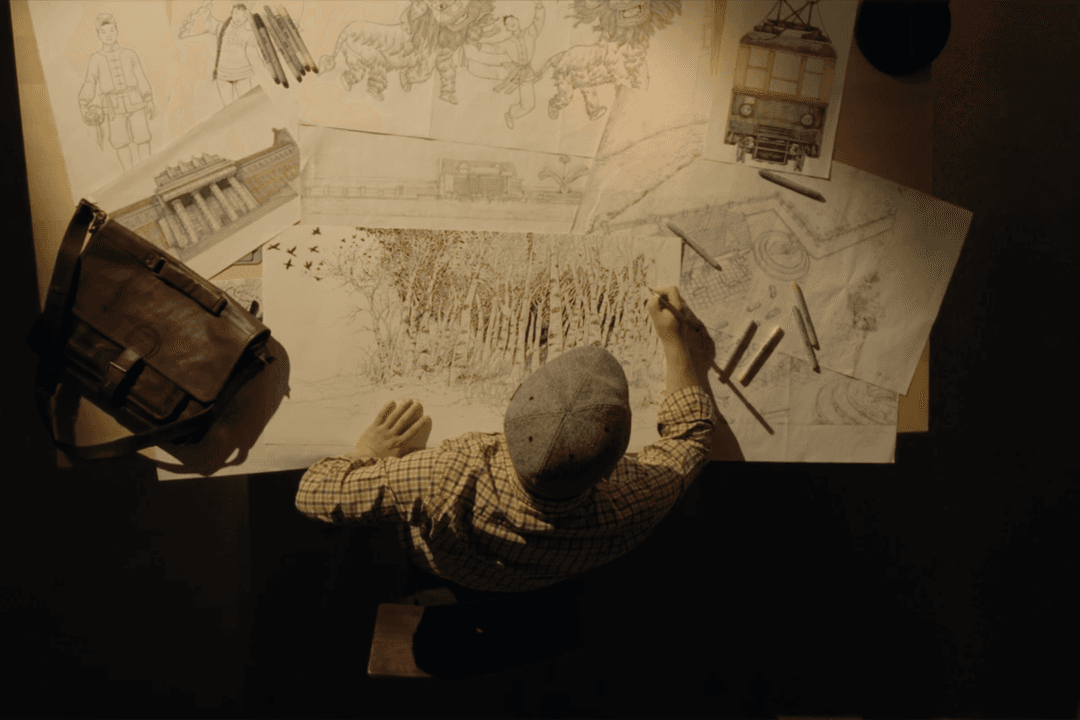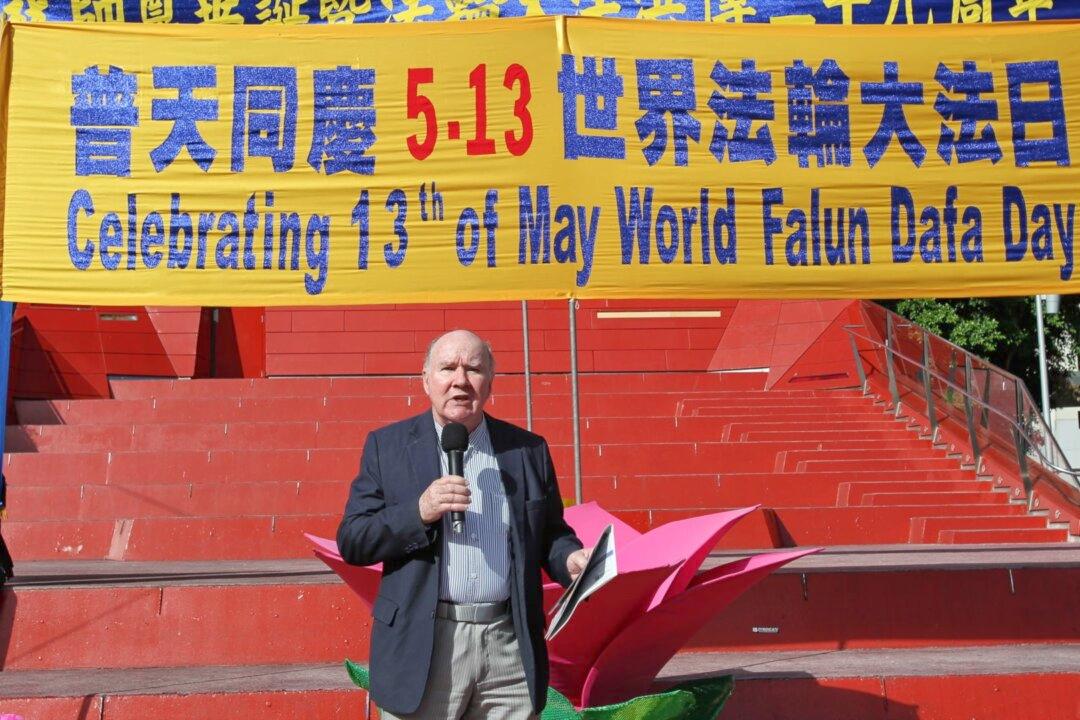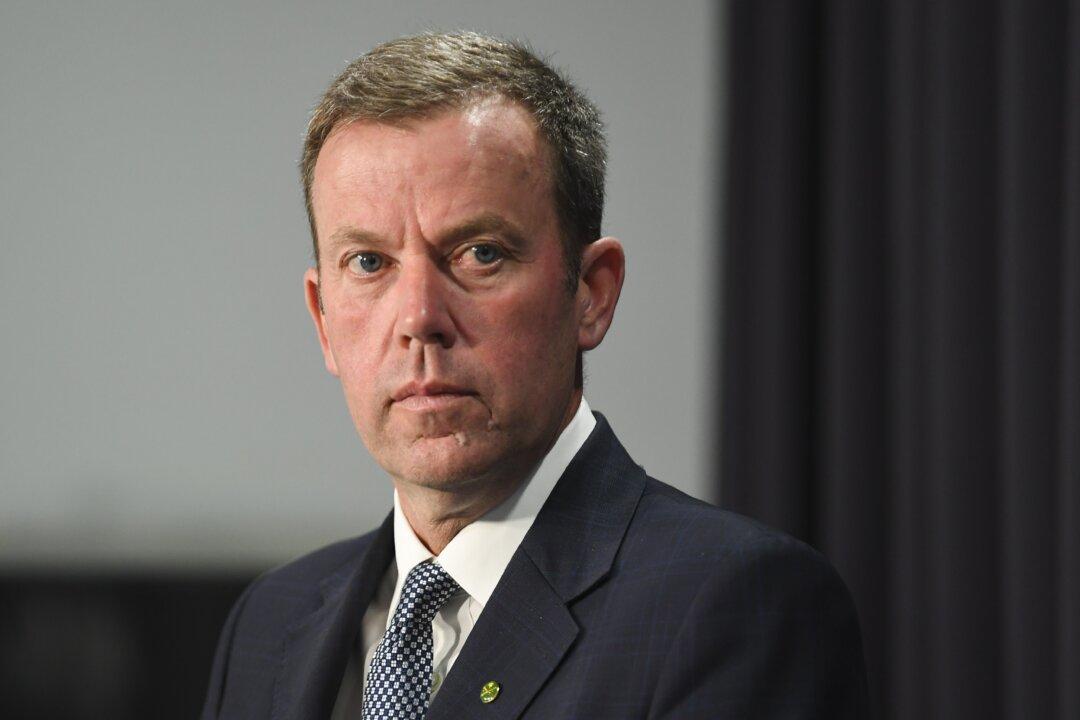Mining giant Rio Tinto has apologised for the destruction of an ancient Aboriginal heritage site in Western Australia, admitting several opportunities to stop mining operations in the lead up were ignored. In a submission to an inquiry, Rio Tinto revealed details of its own failings and areas for improvement in its practices.
On May 23, Rio Tinto blew up ancient rock shelters on Puutu Kunti Kurrama and Pinikura (PKKP) country, outraging the traditional owners. An inquiry into the destruction of the 46,000-year-old caves at the Juukan Gorge in the Pilbara region of Western Australia commences on Aug 7.





